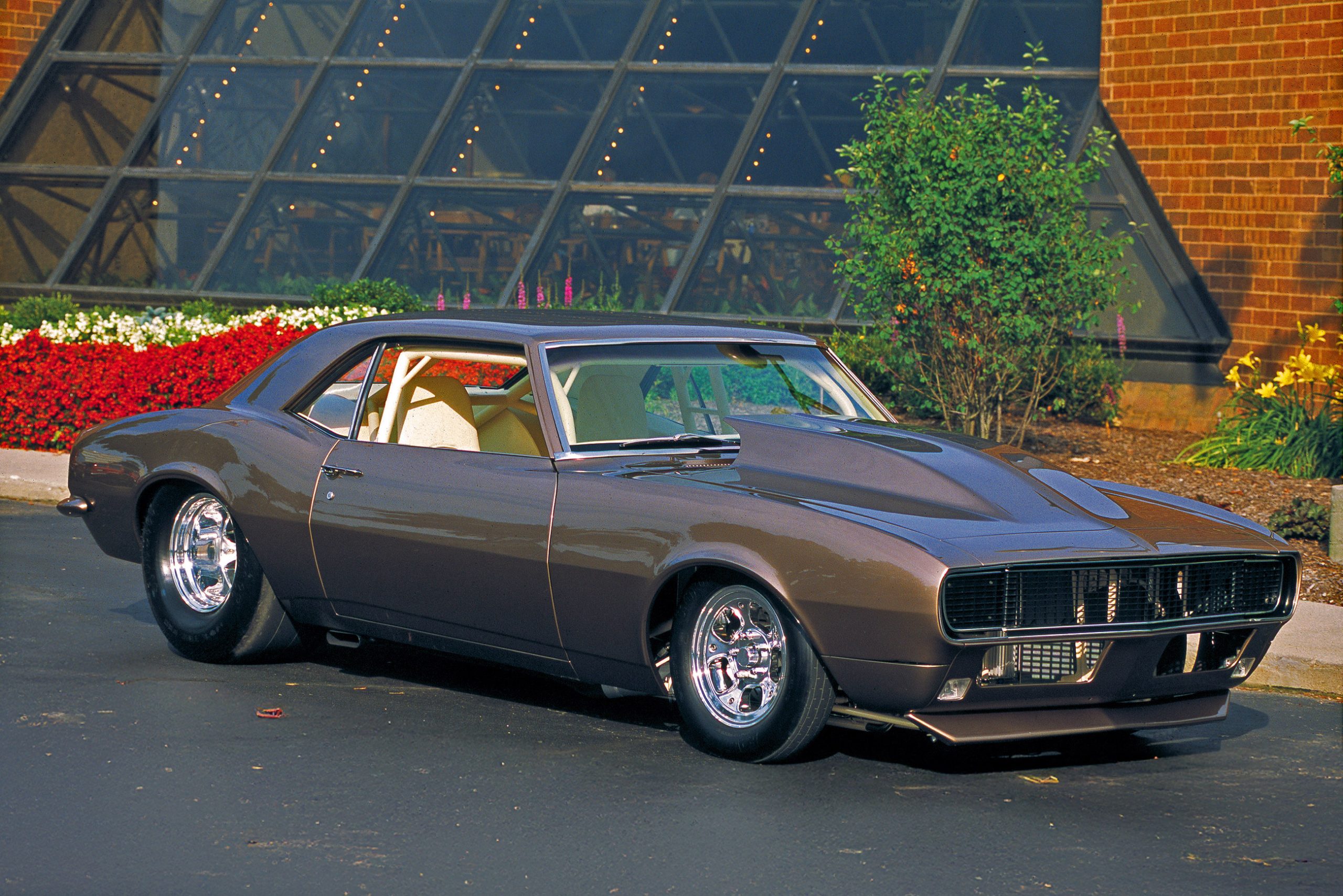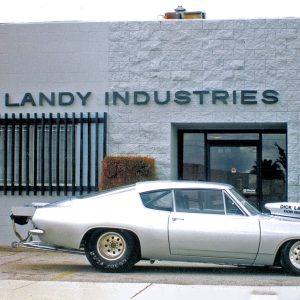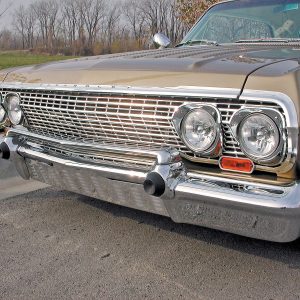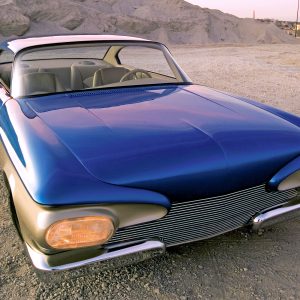Installing a Chevy Engine and a Four-Speed Transmission in a Rat Rod Chassis
If you attend car events in California, such as NHRA’s California Hot Rod Reunion in Bakersfield, the West Coast Kustoms show in Paso Robles or the L.A. Roadster Show in Pomona, you will notice that rat rods are a growing segment of the hot rod hobby. Years ago, when they started becoming a common sight at many of the shows, the mechanical aspects of most of the cars was scary at best. You could see cars with no springs, some without floorboards and many constructed with less-than-desirable stick welding. It is this type of construction that created the name “rat rod.” Fortunately, over the past few years there has been an attempt to upgrade the construction of rat rods, even though the enthusiasts want to use as many original parts as possible.

When Amadeus Ramirez-Reynolds started building this ’28 sedan rat rod, he wanted it to look cool, but he also wanted it to be safe and dependable. Amadeus has seen other rat rods broken down on the side of the road, and that’s certainly not the kind he wanted. Amadeus decided to use old parts where he could get away with them, such as on the front suspension. All of the parts he used were in good condition and rebuilt so that they would be reliable. The rear suspension was also done in an old style, but he upgraded the differential to a Ford 9-inch that would be reliable and able to handle plenty of horsepower. Before the rearend was installed it was totally rebuilt, and that also adds reliability to his rod.
Amadeus decided that it would be cost effective to purchase a new chassis for the rod, because by the time he started with a stock Model A chassis and fixed all of the problems it would cost more money than buying a nice unit from Last Refuge Hot Rods. Amadeus could have used any number of old V-8 engines, but again, for reliability he selected a 350 Chevy engine and totally rebuilt it with a 0.030-inch overbore and a 400 crank, giving the engine 383 cubic inches. The engine also has fuel injection heads and a high-performance cam, and it made more than 400 horsepower on the dyno. The engine is going to be hooked to a Muncie four-speed transmission, and that gives you a good idea of why he selected a strong 9-inch Ford rearend. The Last Refuge Hot Rods chassis didn’t come with engine mounts, so it was up to Amadeus to install them himself. Amadeus contacted Chassis Engineering and ordered a set of engine mounts. The transmission mount will be engineered after the front mounts are installed.
The engine installation wasn’t difficult to accomplish, but it did require some special tools such as a MIG welder, a plasma cutter, a 3-inch angle sander, an engine hoist and a 3-inch cutoff wheel. A variety of regular hand tools was also required. When this engine was installed, it was done so that the standard fan could be used, so we will show you how Amadeus installed this powerful Chevy engine.
Article Sources
Chassis Engineering Inc.
319/634-2655
119 N. 2nd St., Box 70 West Branch, IA 52358
Last Refuge Hot Rods
970/739-1965 & 970/565-0122
P.O. Box 1423 Dolores, CO 81323
















